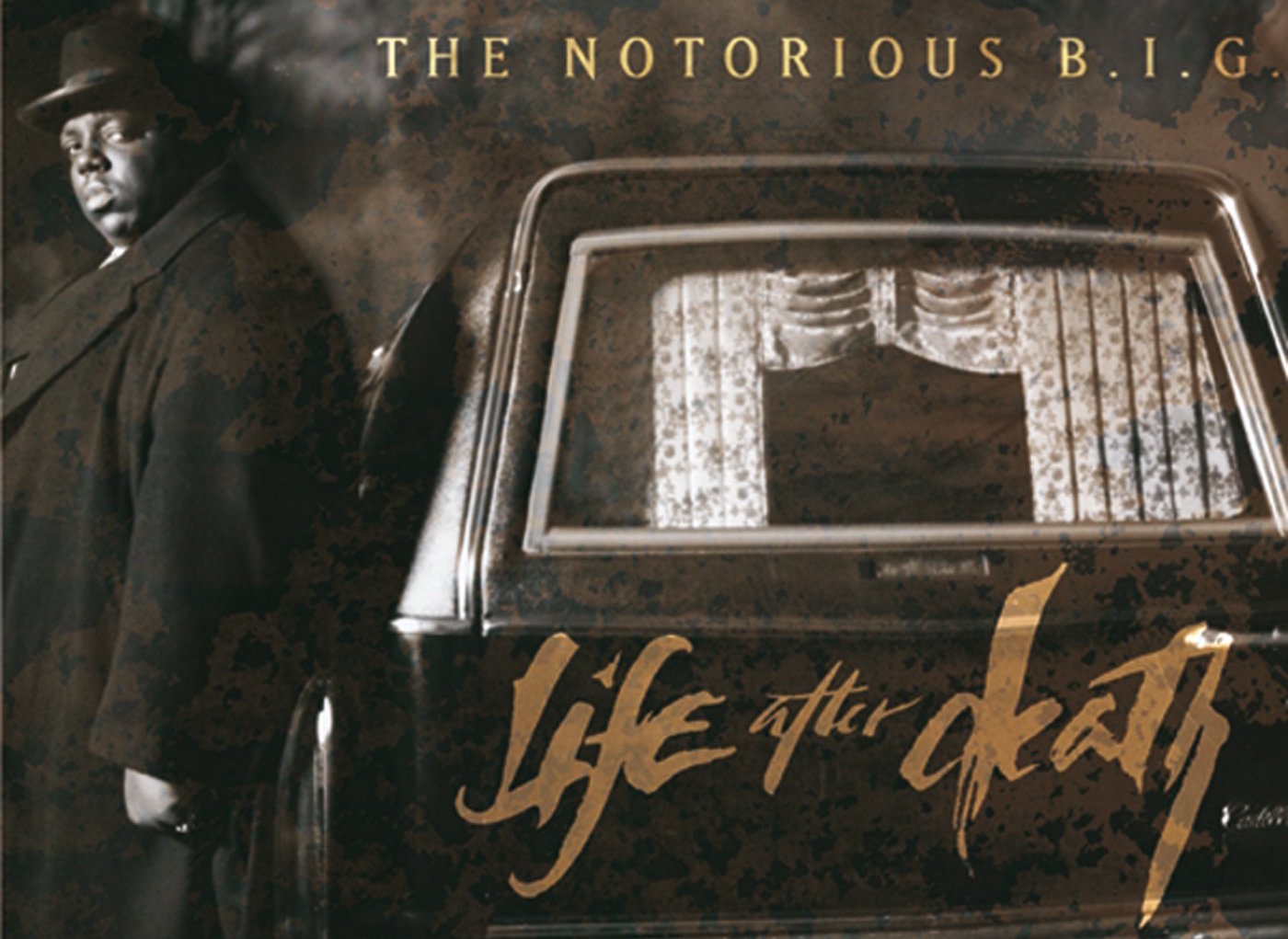
But as longer term followers of Keszler’s work know, the magick is all acoustic and haptic physically converting impressions of images and emotions into overlapping geometries of geography and psychology - and in this case effectively projecting a singular, inverted form of sonic deep topography, if you will.
#Biggie life after death full album playlist playall how to
Keszler navigates webs of sound as structurally fascinating as a spider’s web or a deep space image of a distant constellation, seemingly moving on eight legs along steep vertical and fast-flowing horizontal axes with a shocking grasp of precision and pointillism that will leave new listeners to his work scratching their heads, wondering how to programme such chicanery electronically. Painted in diffuse strokes, Keszler offsets rhythmic complexity with spacious Rhodes chords, floating woodwind and field recordings - showing off an expressive grasp of meter and mood while creating a kind of slow-fast simulation that alters your perspective and sense of scale, zooming out from the atomic to a gauzy panoramic view.

In a year full of global upheaval and noise - it was the album that offered us the greatest sanctuary. With his close collaborators Daniel ‘0PN’ Lopatin and Laurel Halo smoking in the back seat, on ‘Stadium’ Keszler somehow manages to emulate a feeling of being lost in a crowd, of time slowing down as the world accelerates around you. Our album of the year 2018 is Eli Keszler’s ‘Stadium' an isolationist avant-jazz masterpiece that's both highly complex and entirely accessible.


 0 kommentar(er)
0 kommentar(er)
